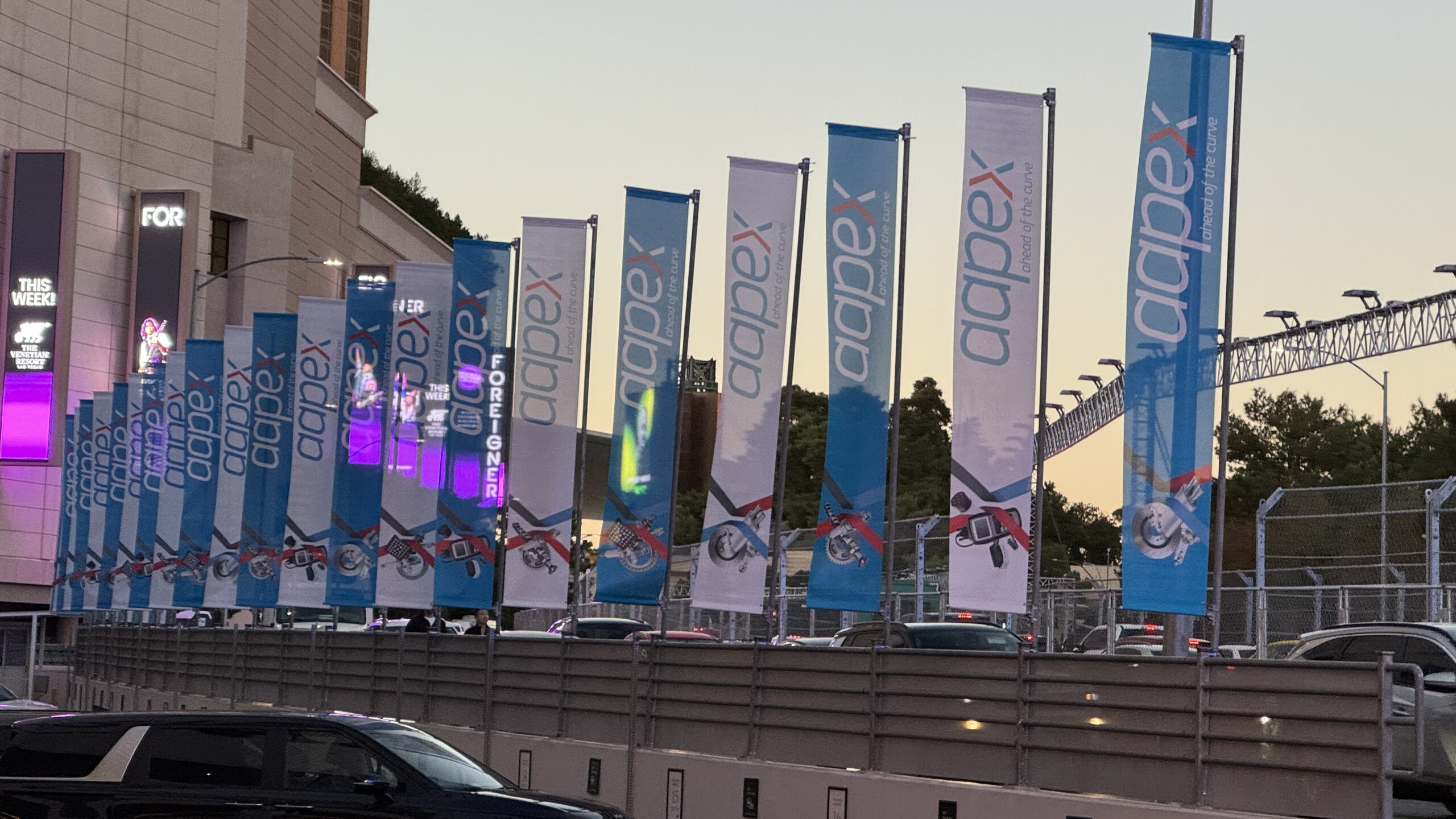
Despite the growing momentum in electric vehicle (EV) sales in Canada, significant hurdles remain on the road to mass adoption, observed a new report by DBRS Morningstar.
“The Transition to an Electric-Powered Vehicle Fleet” highlighted the challenges and outlines the necessary steps to achieve the federal government’s ambitious targets for zero-emission vehicles (ZEVs). The Canadian federal government set a goal for 100% of light vehicle sales to be ZEVs by 2035, with interim targets of 20% by 2026 and 60% by 2030.
However, the transition to an electric-powered vehicle fleet is not without its difficulties. In 2023, ZEVs accounted for 10.8% of new light vehicle registrations in Canada, with battery-electric vehicles (BEVs) making up 8.1% and plug-in hybrid electric vehicles (PHEVs) 2.6%. While this marks progress, the report emphasized several significant challenges that need to be addressed to achieve mass adoption.
Still, one of the most critical barriers to mass adoption is the lack of sufficient charging infrastructure. As of March 2024, Canada had 11,223 public charging stations with 27,612 charging ports. This is far below the estimated need of 442,000 public charging ports by 2035 to support a fully electric vehicle fleet. The federal government, along with the Canada Infrastructure Bank, plans to finance and deploy 83,500 public charging ports by 2030, leaving a substantial gap to be filled by provincial governments and the private sector.
Range anxiety remains a significant concern for consumers, exacerbated by the inconsistent availability of fast and reliable charging stations, the report noted. Even with improvements in charging technology, the time required to charge an EV, especially at Level 3 stations, is still significantly longer than refuelling a traditional internal combustion engine vehicle.
Furthermore, the high cost of EVs compared to ICE vehicles is another major obstacle. Despite recent price reductions by some OEMs, EVs remain more expensive to manufacture and purchase. The report noted that the price gap is expected to narrow as battery technology advances and production scales up, but for now, affordability continues to be a significant barrier for many potential buyers.
The lack of substantial subsidies and incentives across Canada further complicates the issue. In contrast, countries with high ZEV penetration rates, such as Norway and Sweden, have benefitted from generous government incentives that have made EVs more economically attractive to consumers.
To achieve the ambitious targets set by the federal government, continued efforts are needed to address these challenges, DBRS observed. Expanding the charging infrastructure, improving affordability through technological advancements and incentives, and increasing consumer confidence are crucial steps.
“Over the longer term, countries like Norway, Sweden, and Iceland have shown that ambitious ZEV penetration rates are possible,” said Simba Murahwi, vice president of Canadian structured Finance ratings at DBRS. “With such high penetration rates, ZEVs would become the dominant force in the Canadian vehicle fleet. This will ultimately result in weaker value retention for ICE vehicles relative to comparable ZEVs.”












Leave a Reply